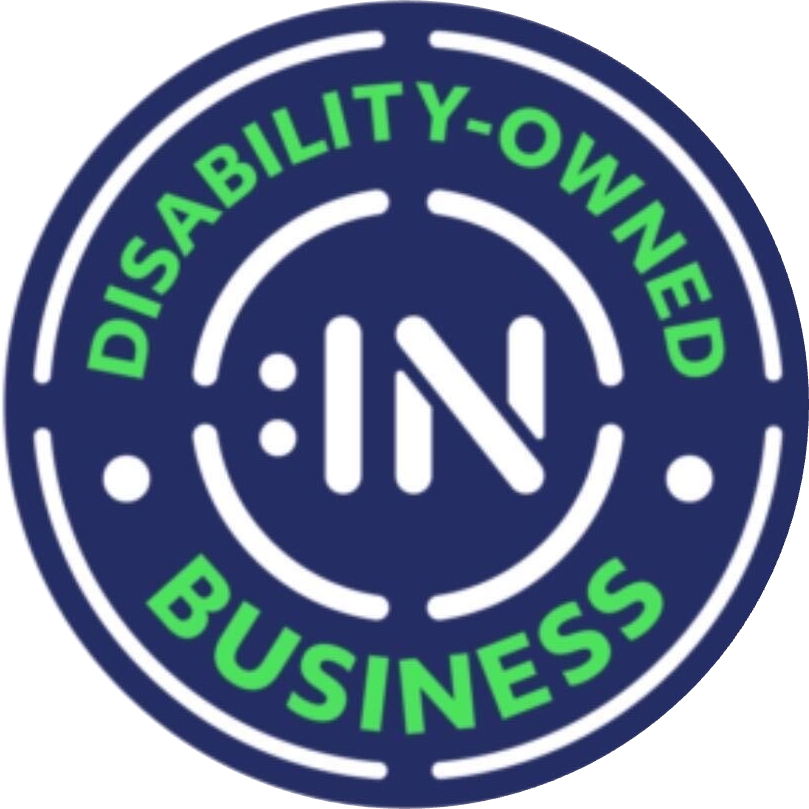A client liaison is called upon to service various types of medical providers–from surgeons to chiropractors, from surgery centers to hospitals, medical billing companies, pharmacies, and many others. Even providers of a similar type can vary tremendously in the way they operate on a daily basis. A liaison needs to adjust to the parameters set by the provider and accommodate any peculiarities associated with a particular practice, while at all times seeking to maximize the efficiency of “pulling” that provider’s files.
The type of provider presents the first variation. Pulling files for a physical therapist is very different from pulling files for a surgery center. For example, there are usually many fewer dates of service for a surgery center, with many fewer clinical documents. There might be one or two operation reports needed for a surgery center file, whereas hundreds of pages of treatment notes might be necessary for the physical therapist claims. Indeed, the physical therapist’s file might be a hodgepodge of denied, unpaid and underpaid dates of service, while the surgery center claim might consist of 2 dates both denied for medical necessity.
The manner in which the provider maintains the files adds a second level of variation to the process. Some providers utilize electronic files, whereas others still use hardcopy patient charts with prong fasteners. The electronic files are more efficient for the liaison but require training; the hardcopy charts add significant time to the pulling process but places at the liaison’s immediate disposal everything available for that claim.
A third level of variation grows out of the provider’s preference for how involved they would like to be in the pulling process. Some providers are known as working accounts, meaning the liaison will physically go into the provider’s systems, and, working from reports prepared by the provider, determine if a claim is arbitrable or not. The report might send the liaison to carrier EOB’s (Explanations of Benefit), which in turn might prompt the liaison to review clinical records. Other providers prefer to assemble the files themselves and send them to the liaison via email, fax, or schedule a pick up of files. Either way, liaisons, on some occasions, are able to obtain all necessary information from one visit, or from one mailing, but on other occasions the liaison must make a few trips to a provider’s or make a few requests for additional information from provider office personnel.
Finally, providers, depending on the amount of files they generate in the course of a month, could warrant visits on a weekly, bi-weekly, or monthly basis, and still others might call for visits on an as needed basis. It is the responsibility of liaisons to manage their schedules effectively to optimize the efficiency and quality of these services they perform.
For more information please visit:
www.callagycounsel.com
You may also be interested in reading our latest blog posts!
https://callagylaw.com/2014/11/26/commercial-insurance-third-rail-medical-claim-recovery/
https://callagylaw.com/2014/11/26/time-management-client-liaisons-key-good-customer-service/
